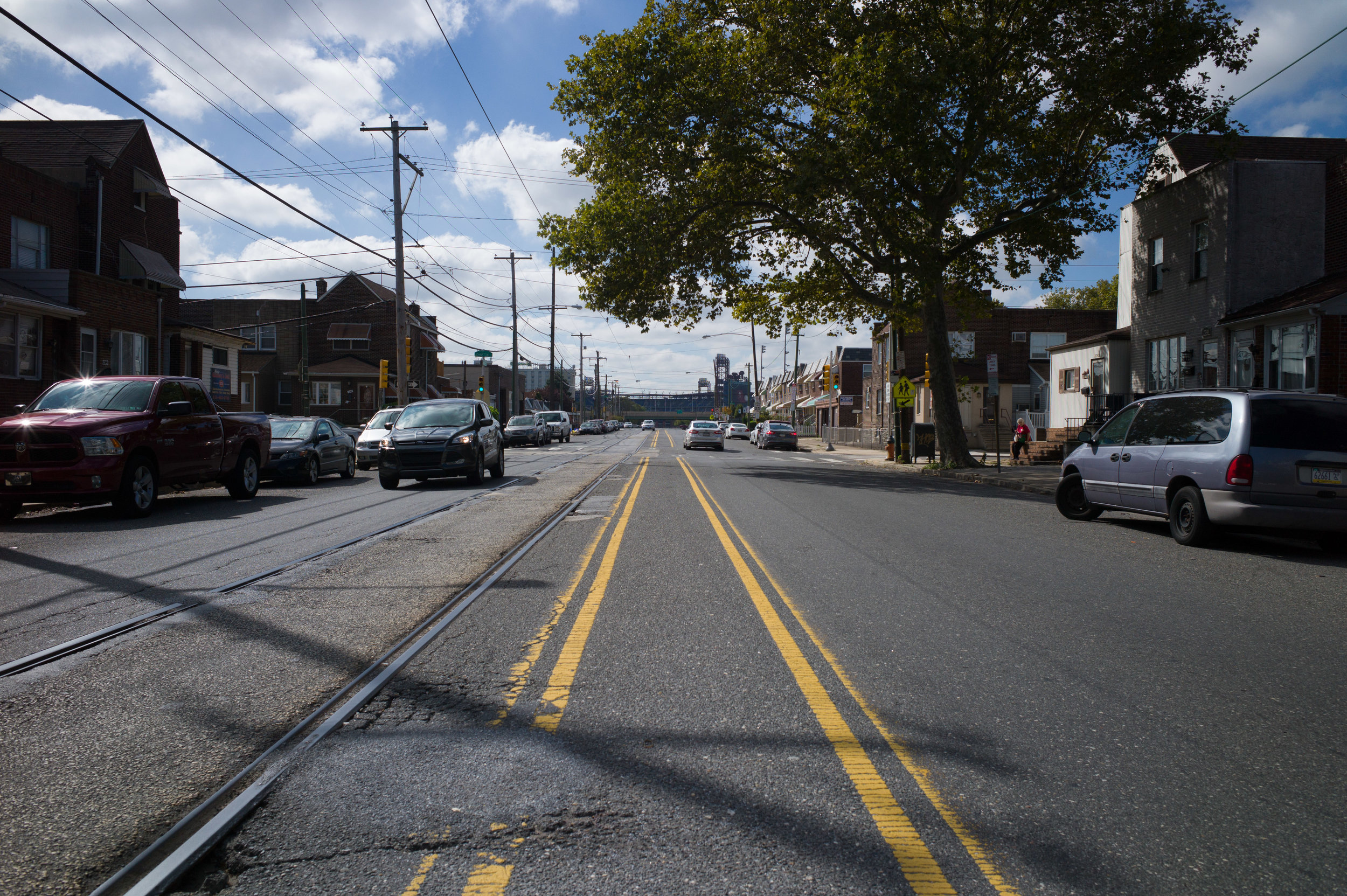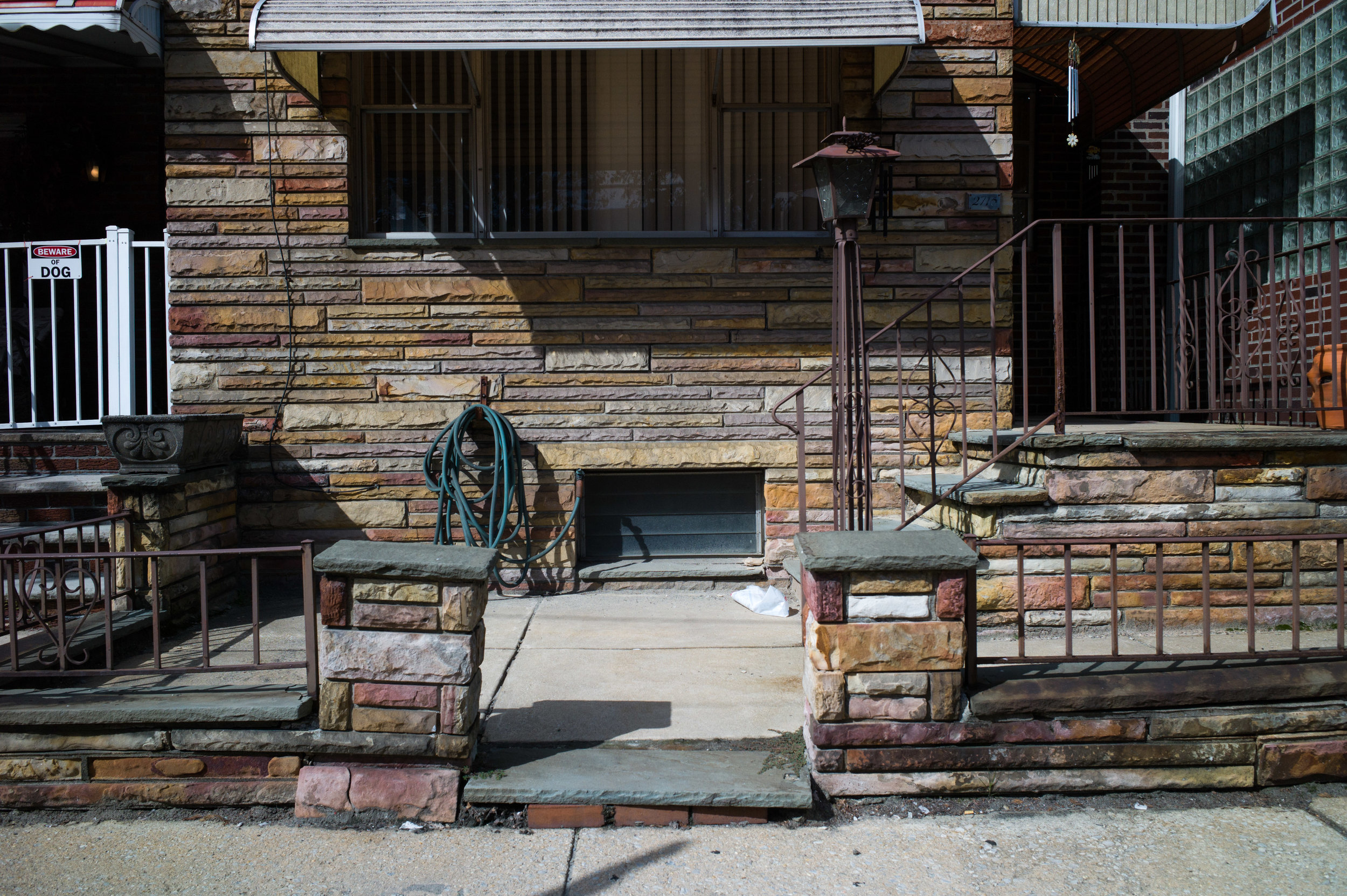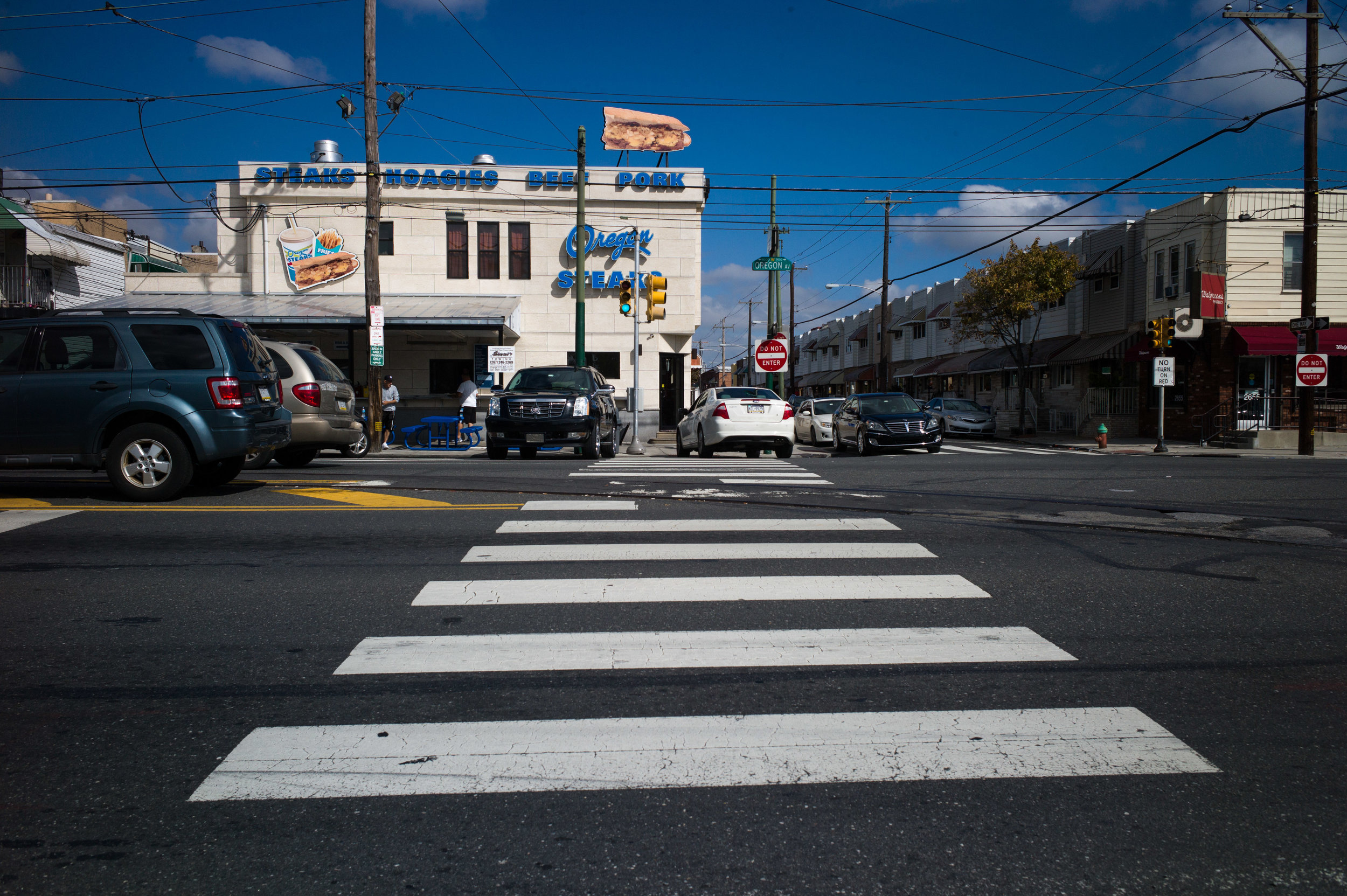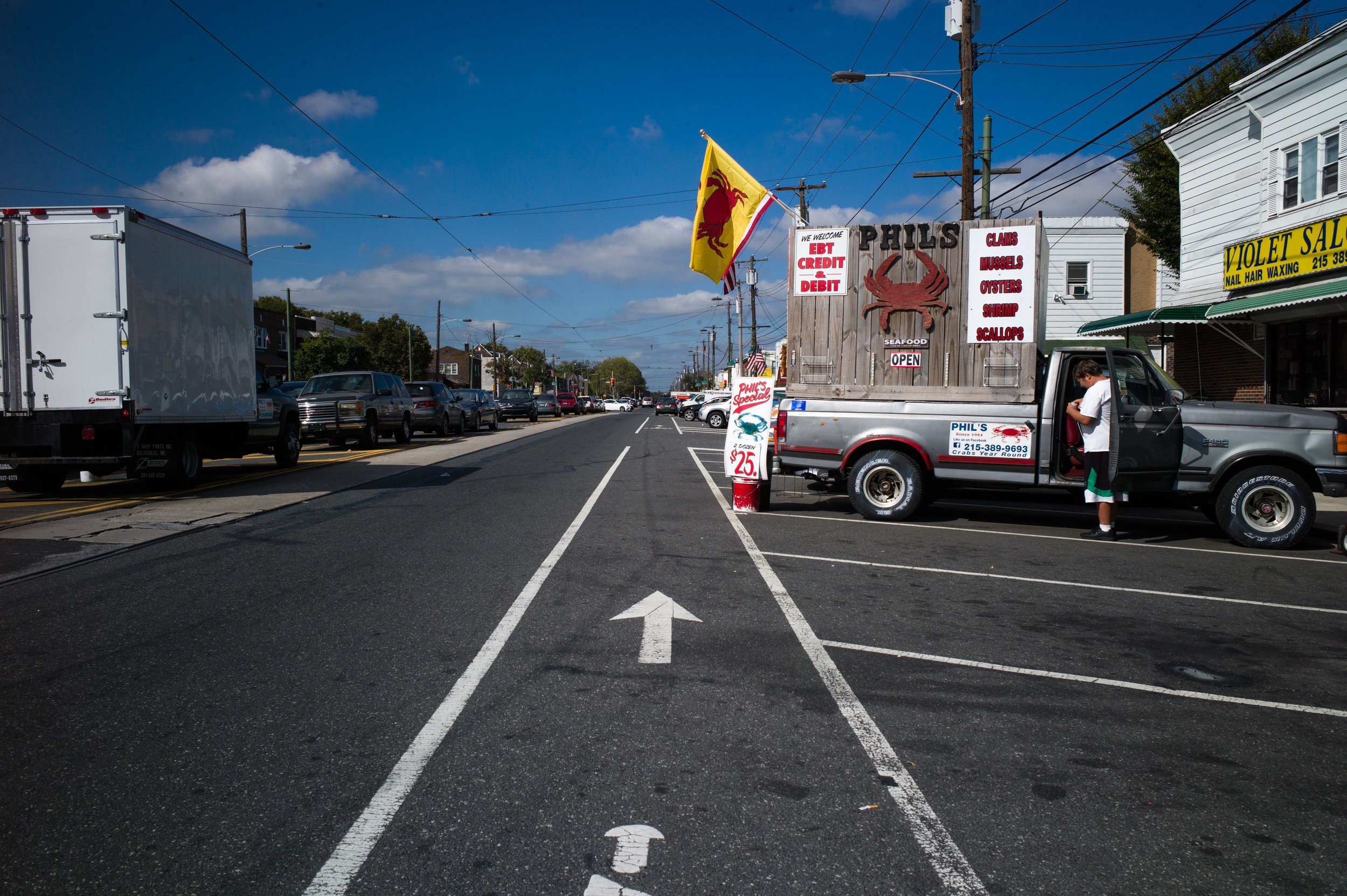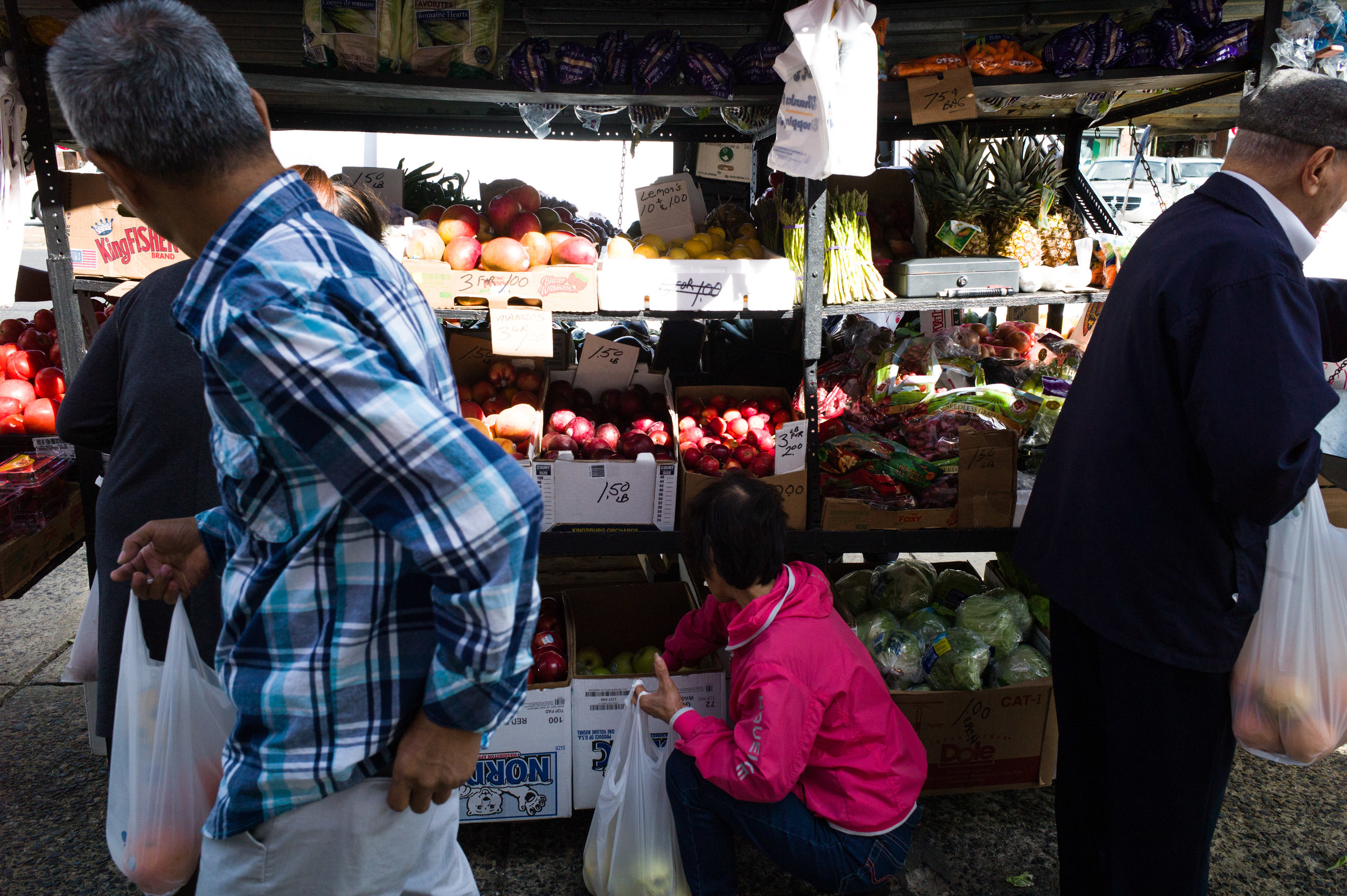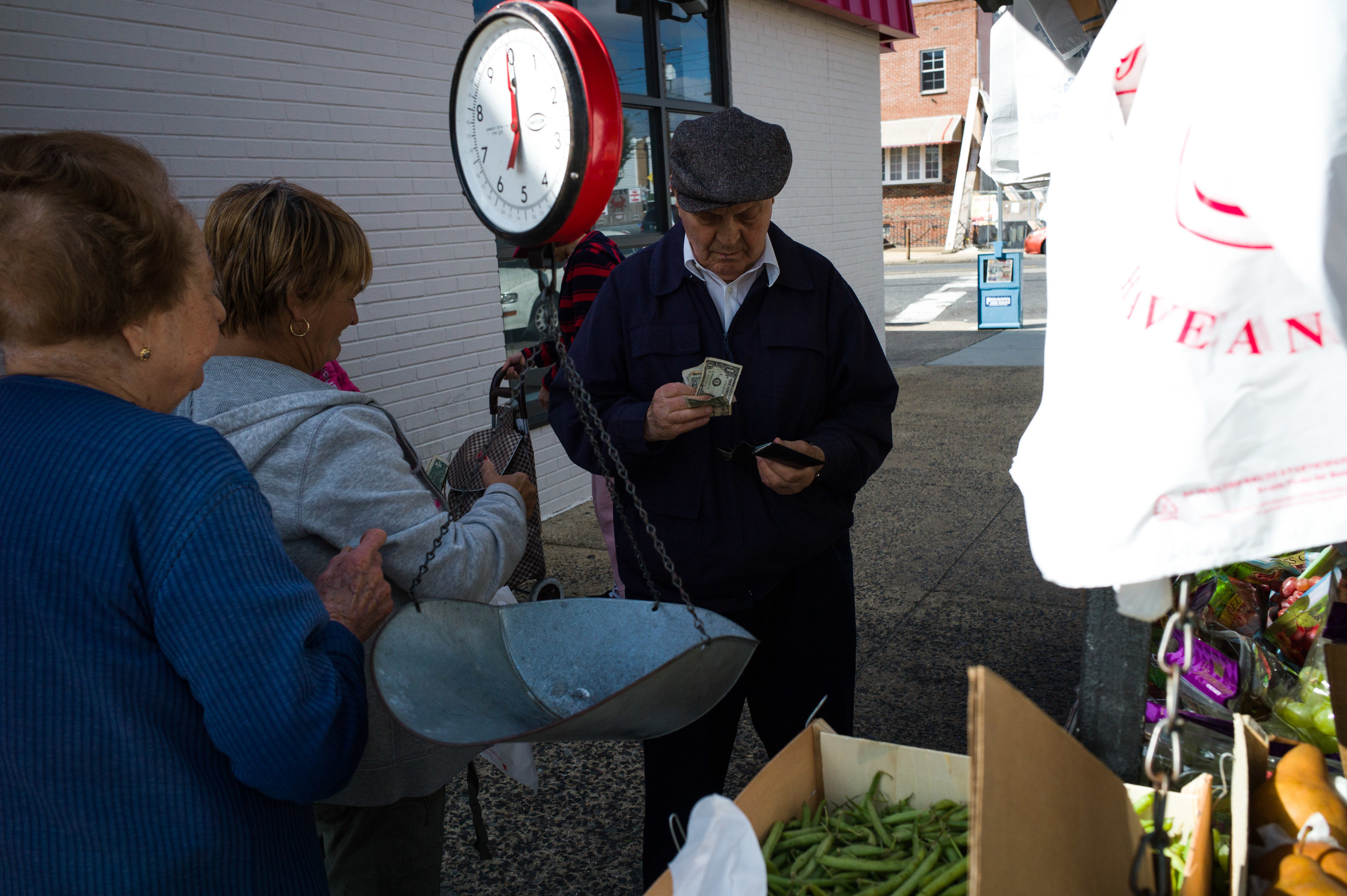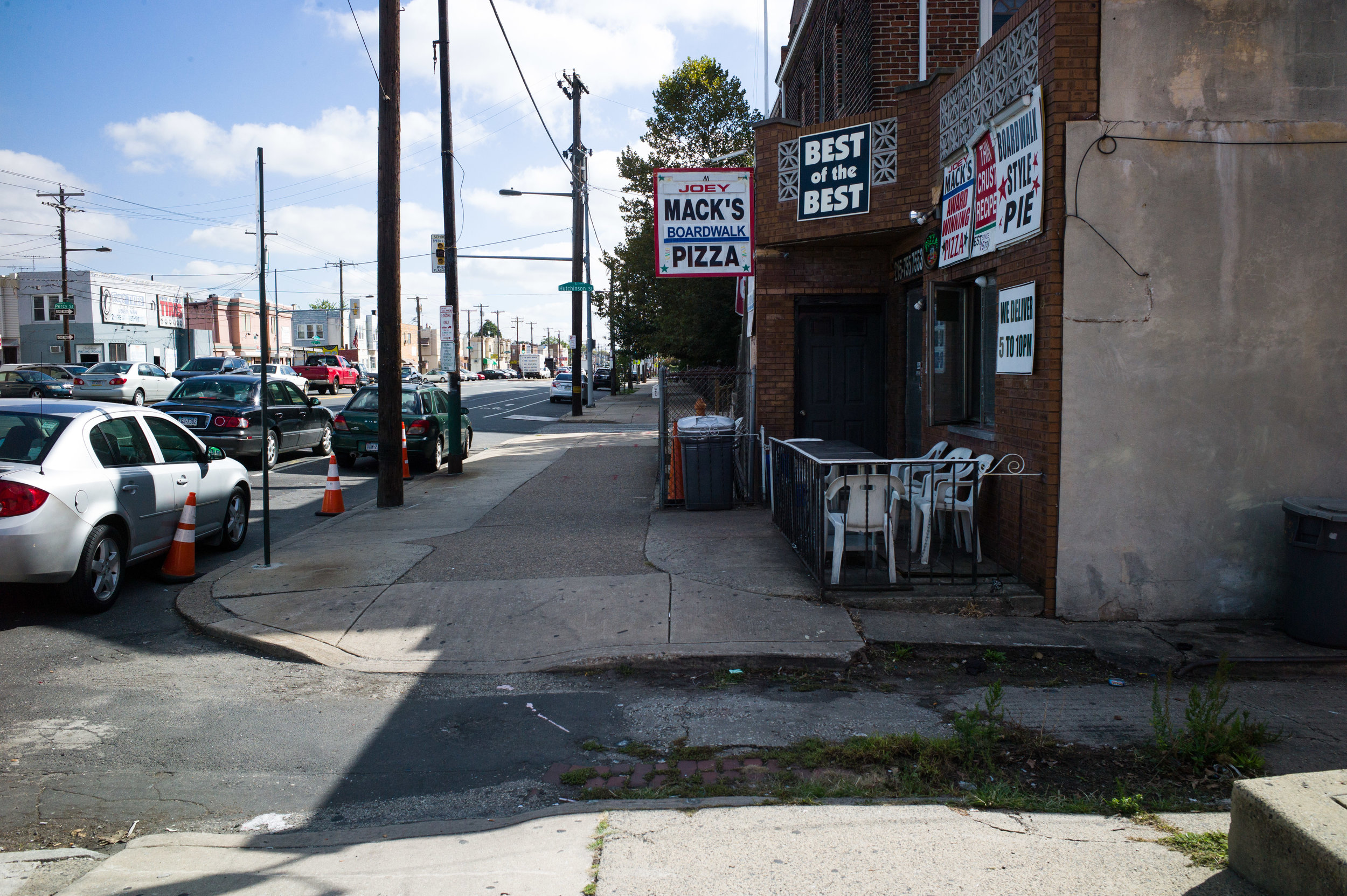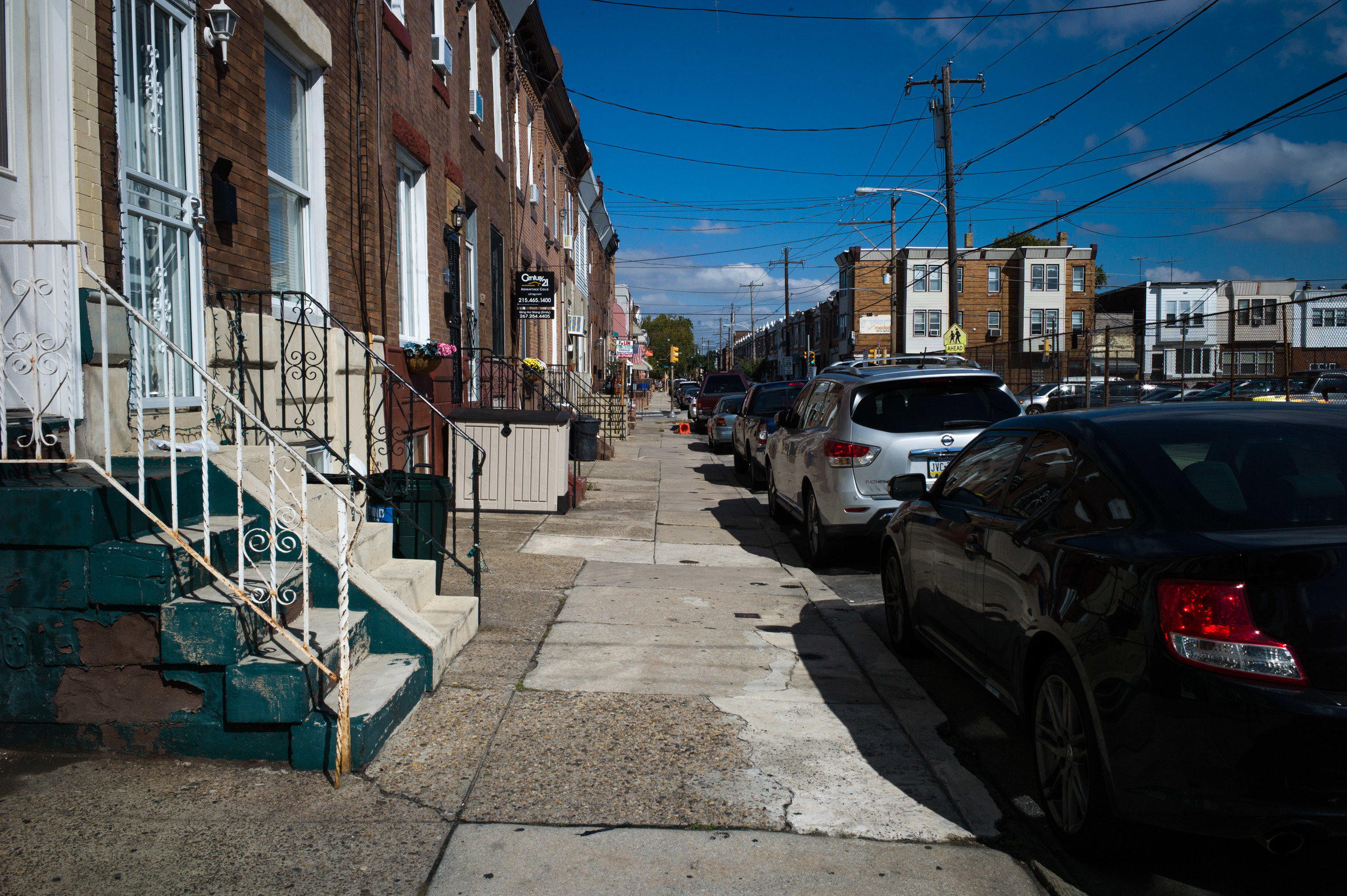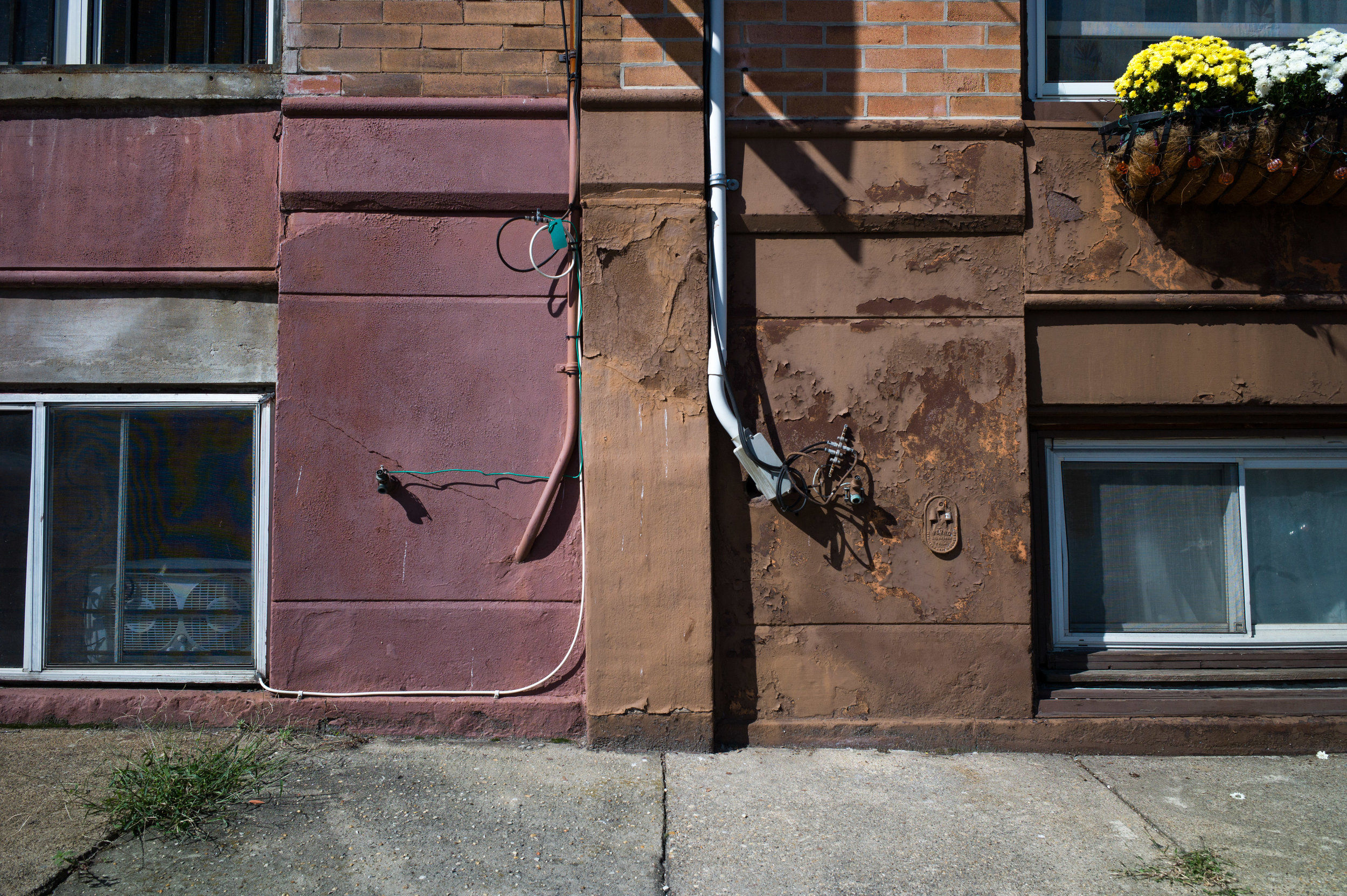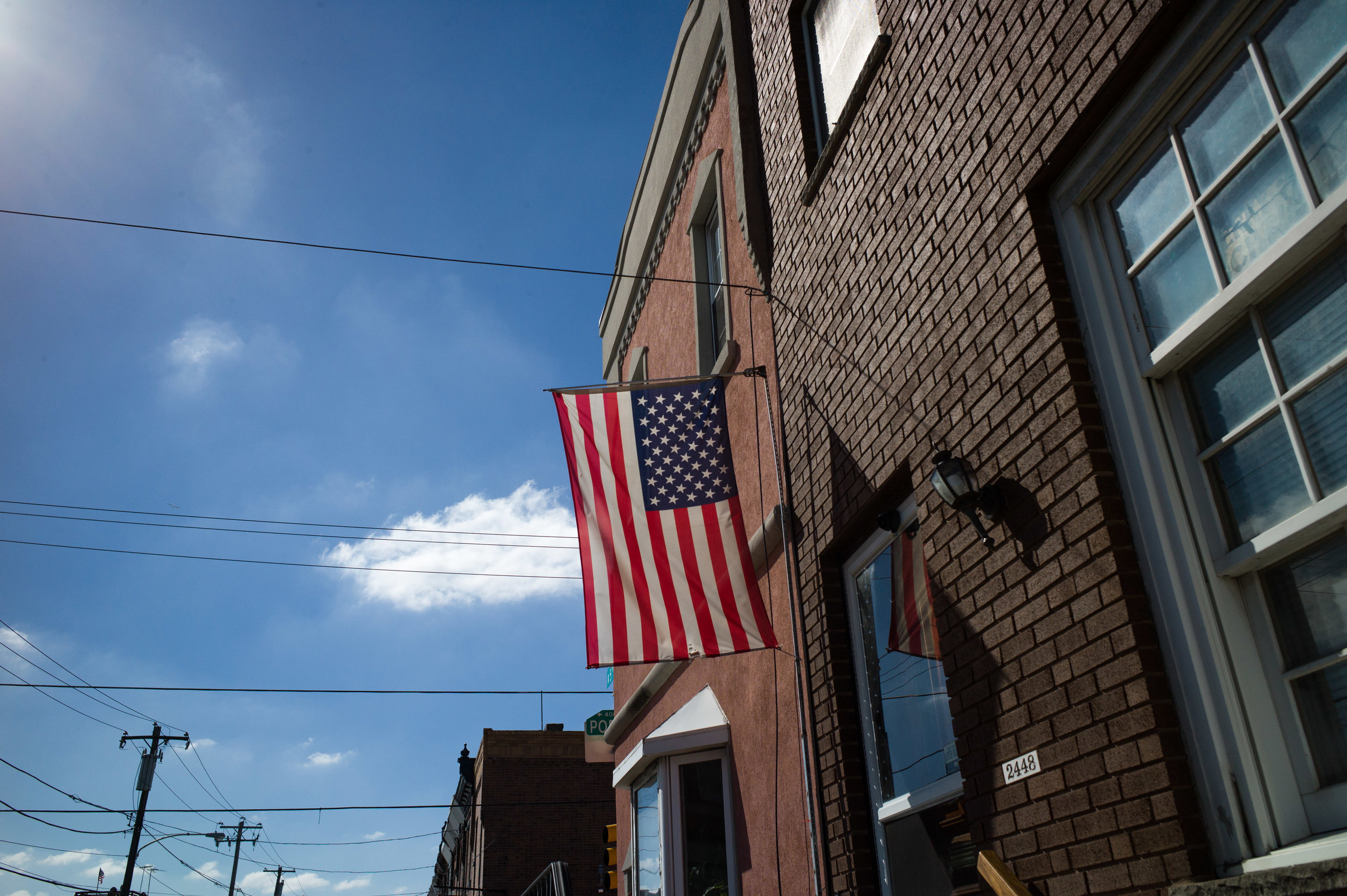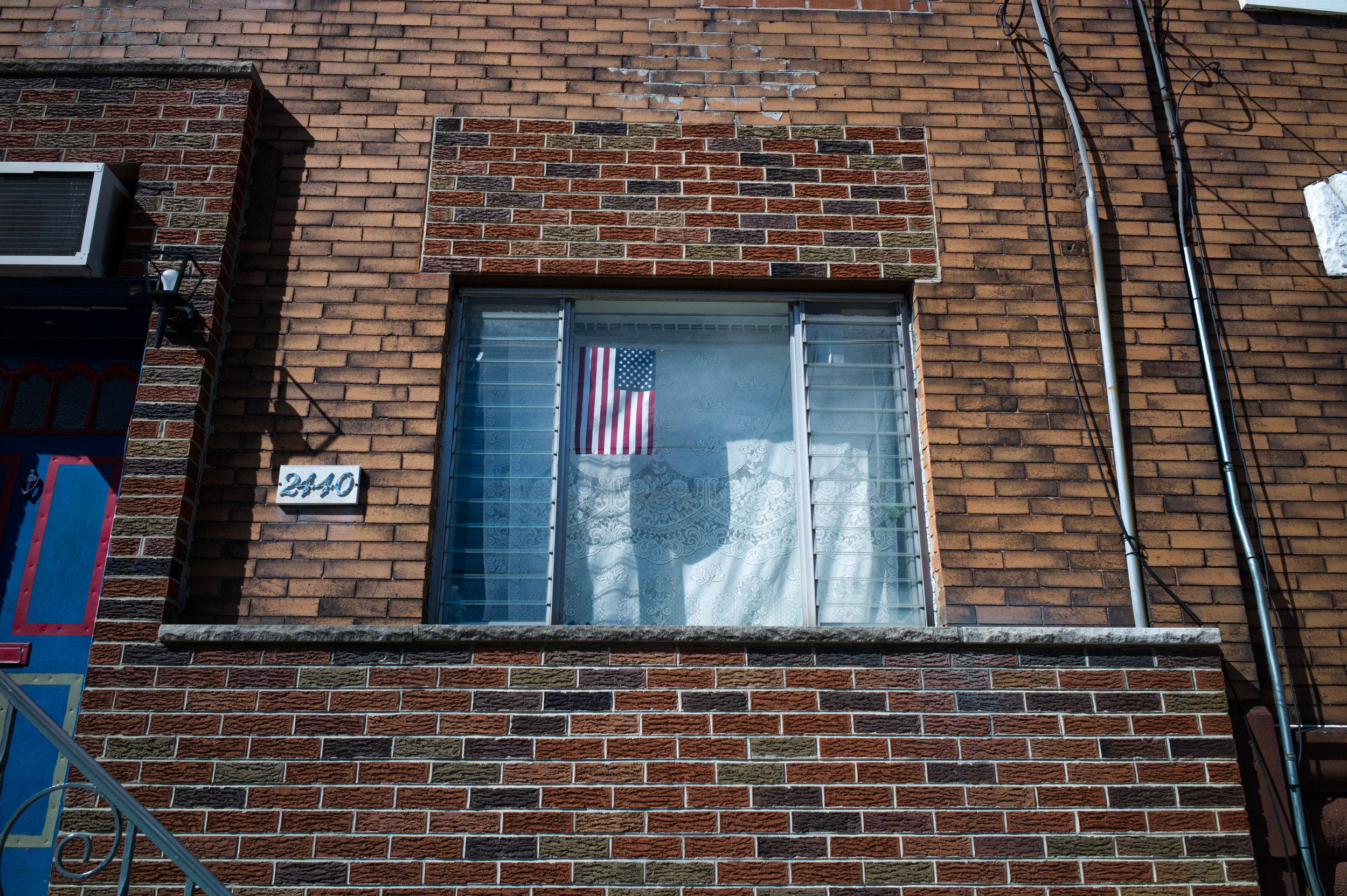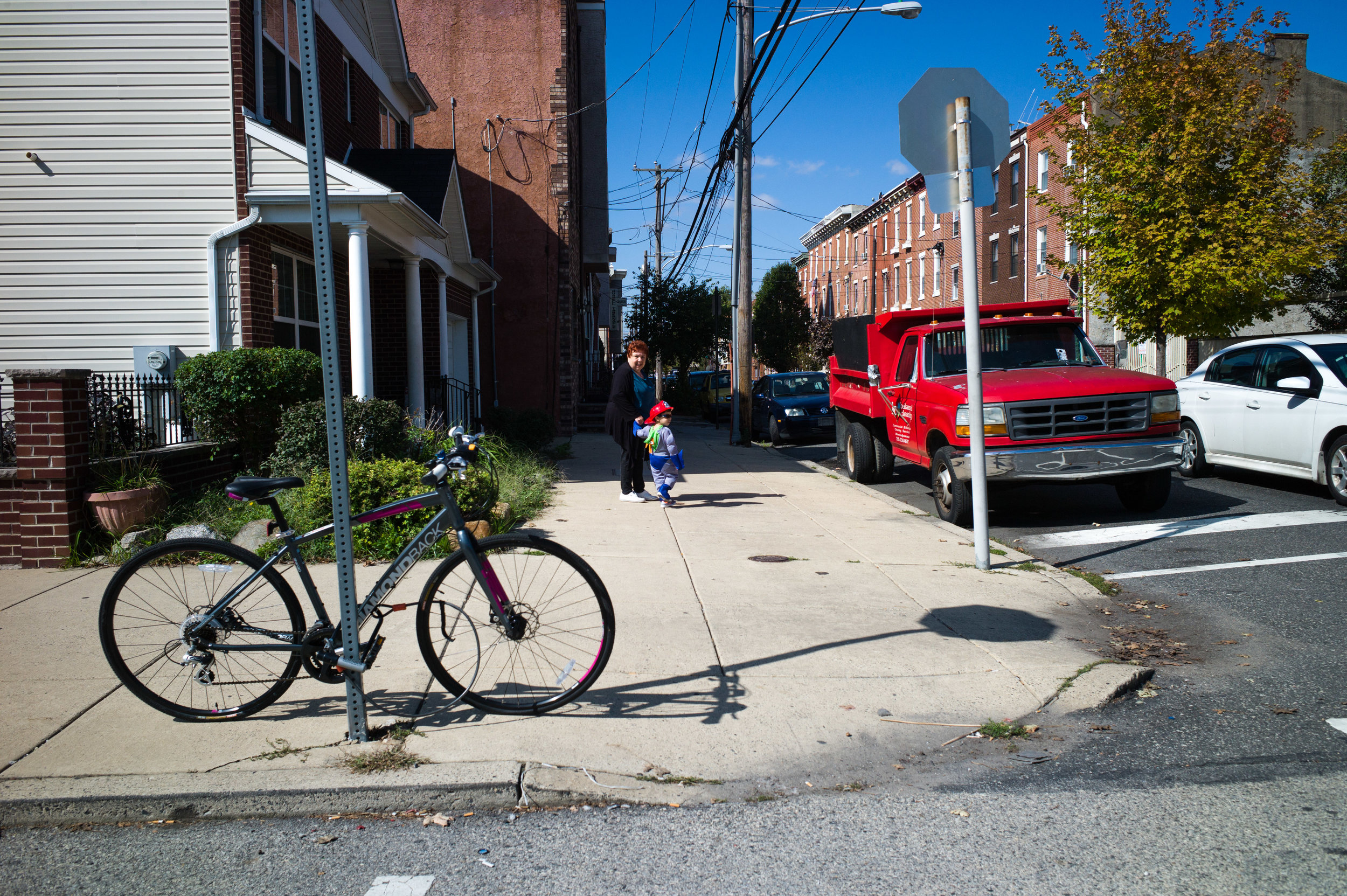It’s noticeable from a distance. Dense streets. Old and young people everywhere. Homes, apartments, and restaurants mixed in. Commotion. Friendly exchanges. The kind of place that would make Jane Jacobs proud and Robert Moses cringe. You can feel that something has happened or is just about to happen. There are streets, and cars, and some cars parked in the middle of streets. There are flags and signs. Food carts. A food truck. Everyone pays attention. Pathways are gateways to territories. Customs and cultures are on display.
Nearly eight months after we completed our interviews for a recent healthcare client, one of our findings has stuck with me: this tightly knit community was the reason behind one caregiver’s ability to provide over a decade of care to her dying husband and daughter. She lives in her uncle’s old apartment, who got it from her grandparents, which has learned to accommodate the most challenging needs the human condition can demand. The whole place forms a complex of care: everyone is a shout, wave, or text away from help. Someone is always there. Anything can be a resource.
Our team carefully walked these South Philadelphia streets one early Autumn weekday morning. We felt there was something here that played a bigger role than the drugs and docs did for the woman we interviewed.
In Good City Form [1], urban planner Kevin Lynch describes four performance dimensions for the spatial form of cities that South Philly retains.
Vitality
The degree to which the form of the settlement supports the vital functions, the biological requirements, and capabilities of human beings.
Sense
The degree to which the settlement can be clearly perceived and mentally differentiated and structured in time and space by its residents, and the degree to which that mental structure connects with their values and concepts — the match between environment, our sensory and mental capabilities, and our cultural constructs.
Fit
The degree to which the form and capacity of spaces, channels, and equipment in a settlement match the pattern and quantity of actions that people customarily engage in, or want to engage in — that is, the adequacy of the behavior settings, including their adaptability to future action.
Access
The ability to reach other persons, activities, resources, services, information, or places, including the quantity and diversity of the elements which can be reached.
Without these dimensions, life for that caregiver may have been even more challenging, and perhaps a bit shorter for her loved ones.
[1] Lynch, K., “Good City Form”, Cambridge, MA: The MIT Press, 1981
